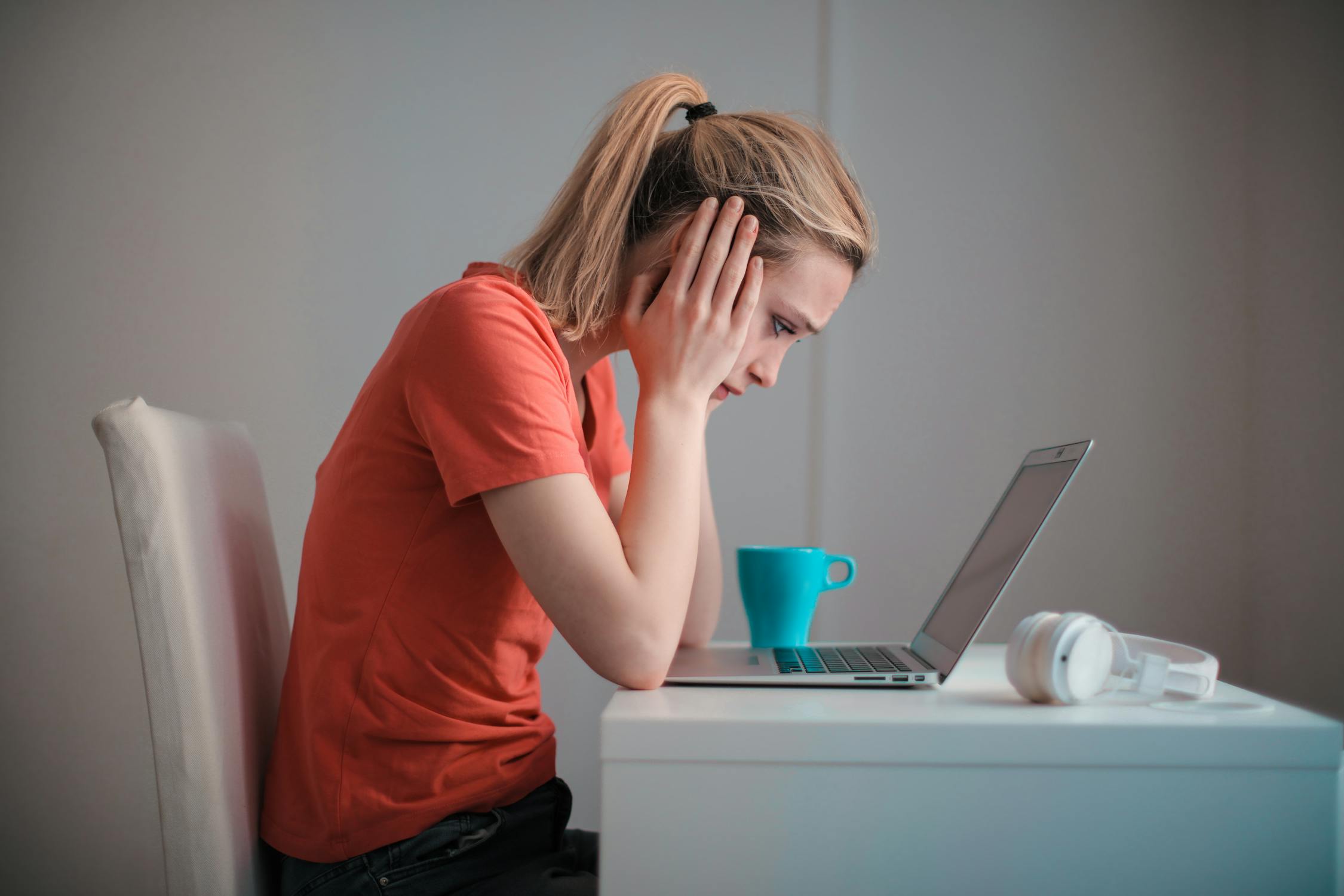RIDGEFIELD, CT — Many parents who may have been struggling to get their children to cut down on their screen time before, are fit to be tied now that they are housebound in a pandemic. That may be an even bigger problem than they realize, according to a Ridgefield child education expert.
Alanna Gallo is a parenting blogger and the author of “Simply Play: Everything You Need to Know about the Most Important Part of Childhood.” She also runs Play Learn Thrive, a local business that advises parents and educators on the best practices for play area design.
In Gallo’s designs, there’s not a lot of room for electronic devices.
“Parents are often buying toys that are quote unquote educational or engaging, and often times that means they do a lot of things, like talk to the kid or light up and dance and move,” Gallo said. “That’s taking away from the child’s ability to actually play. The toy is doing all the work.”
Gallo has a “90-10 rule” that she shares with her clients confused about what toys to buy. “The child should be doing 90 percent of the work, the toy should only be doing 10 percent.” She helps her clients decipher which of their children’s playthings to trash, or “minimize,” and what new ones to consider purchasing.
Unfortunately, even pre-pandemic, some children were already too far down the rabbit hole of beeping, dancing playthings that they may now need some guidance on how to “engage in open-ended play.”

Gallo says children are naturally drawn to open-ended toys when they are very young, but can easily lose that ability if over-exposed to the alternative. Some parents, she says, feel their children won’t be engaged with simpler toys after an early childhood being entertained by apps and battery-devouring playthings, but they’re wrong.
“You might think, ‘my kid’s not going to play with blocks because they don’t know what to do,’ but given time and space away from adults, they’ll figure it out, because that is what they are built to do,” Gallo told Patch.
The consultant, who also teaches middle school and high school in Stamford and has three children of her own under the age of five, doesn’t mean to come down too hard on parents. They are doing the best they can with the knowledge and good intentions they have, she believes, but have been misled into thinking that over-scheduling children is a good thing.
“It’s taking away their children’s ability to entertain themselves,” she said, and that’s affected their ability to regulate their emotions and avoid boredom — two problems that are only magnified during a pandemic lockdown.
But there may yet be an upsaide. Even though parents are extremely distracted now, working from home, they are likely to be letting their children play more by themselves, Gallo said. The virus crisis has made parents more tuned-in to how their children play when they are not being shuffled off to karate class, dance school or lacrosse practice. Ultimately, this may prove to be one of the few positive aspects of COVID-19’s legacy.
“Some families are now seeing the importance of play,” Gallo said. “They’re watching their kids, seeing how their brains are working.”
Gallo launched her blog last year by popular demand from the many online parenting forums she frequented. “And then it morphed into people asking me to design their play space, or ‘what toys would I recommend?'” she said. All her free advice-giving evolved into a side gig, with local nursery schools among her first clients. She has since published a book, and now has a YouTube channel as well.
Gallo sees her opportunity to improve the play spaces of the very young as almost self-serving. She noticed what she calls a “lack of resourcefulness and creativity” in students she has been teaching over the 7-8 years. She was disheartened by their “lack of motivation to learn” and singular concern about getting a grade. She thinks much of that might have been prevented had they been allowed to play differently when they were in preschool.
“Hopefully by teaching parents something that is really going to impact their child’s development, their children will be so much more successful in the academic space later in life.”
This article originally appeared on the Ridgefield Patch






